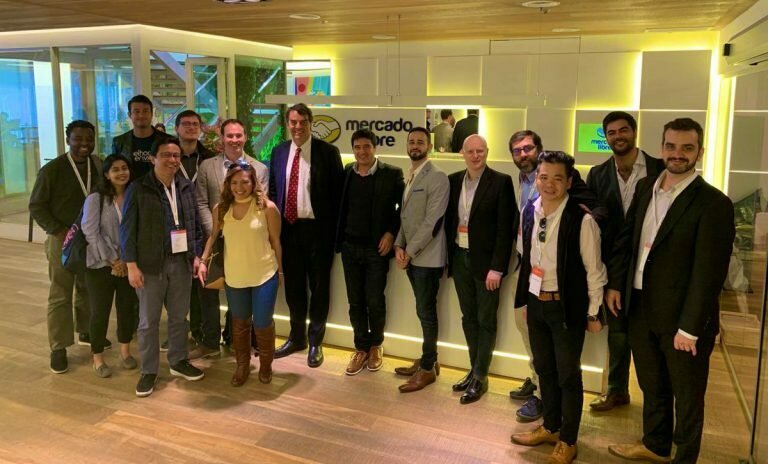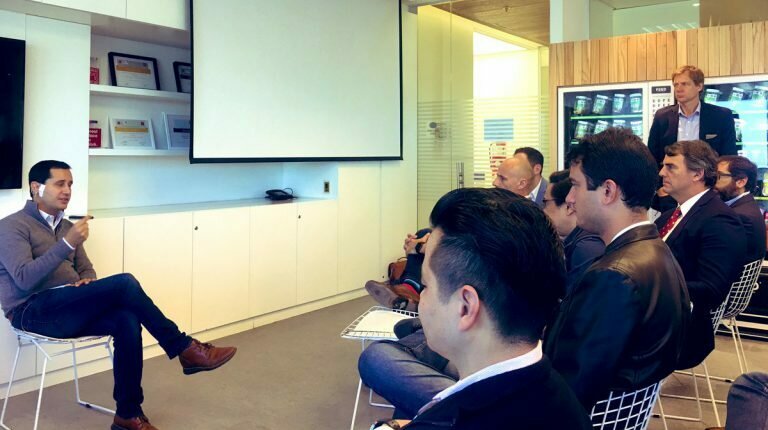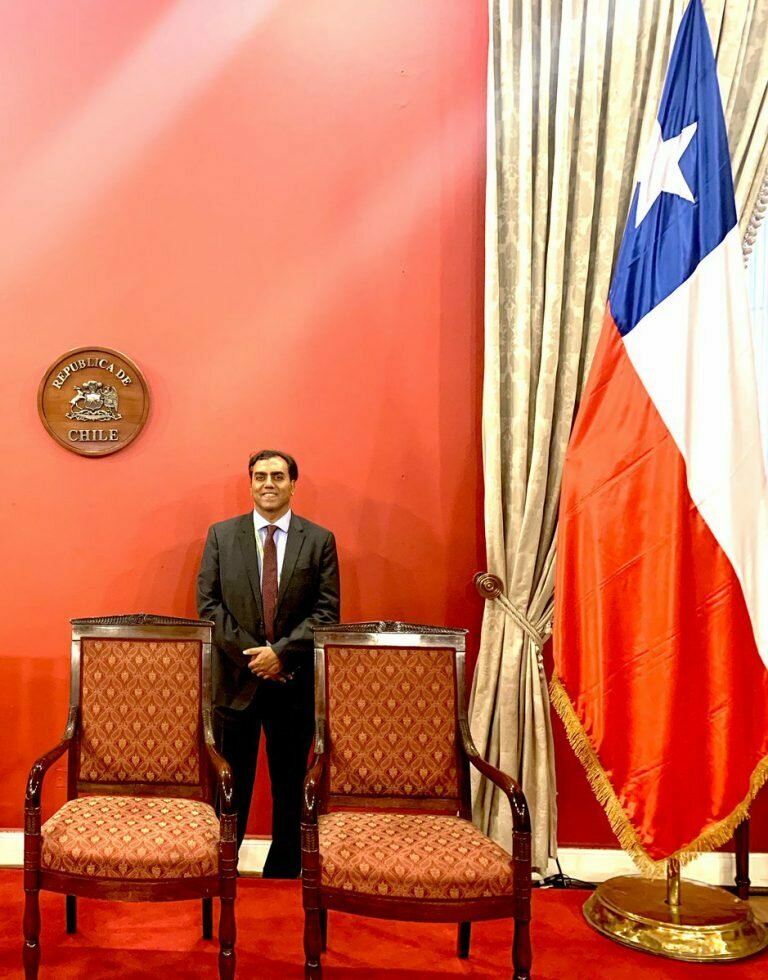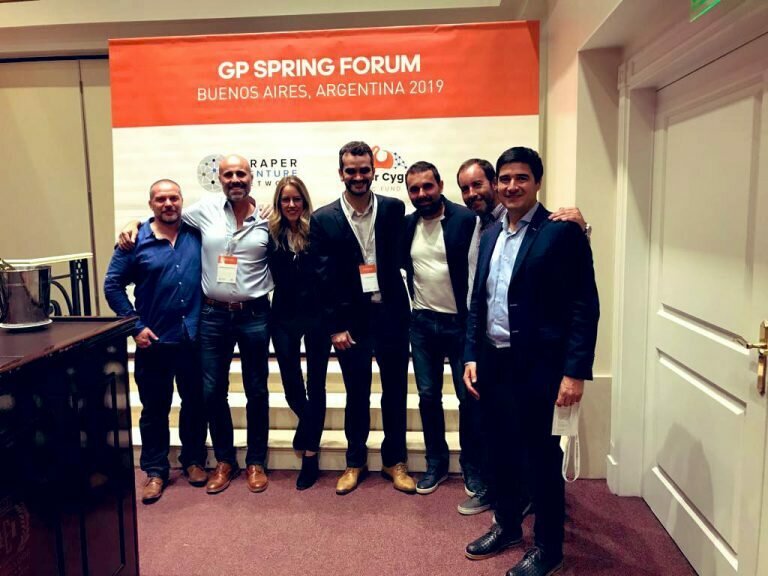LATAM Learnings
- Published
- Reading Time
- 4 minutes
- Contents
Latin America (or ‘LatAm’ for short) is an interesting place for venture capitalists and in fact, has many similarities with India: a large middle class breaking out of the low-income category, rising prosperity + urbanization, a growing population of millennials, and a start-up scene as hot as the tropical summer!
Earlier this year, Blume Ventures was fortunate to be part of a week-long excursion to South America, thanks to our partnership with the Draper Venture Network (DVN). Facilitated by our sister funds, Manutara Ventures in Chile and Draper Cygnus in Argentina, the trip provided us with a first-hand glimpse into the burgeoning, emerging economies of these two fast-growing LatAm markets.
Besides the Sangria, the legendary warm LatAm hospitality (and even a photo-op with El Presidentes), here’s what we saw and learned.
ARGENTINA
Macro Facts
Argentina has rich natural resources, a highly literate population, an export-oriented agricultural sector, and a diversified industrial base.
Country facts
- Pop 45M
- GDP $638B
- Growth 3%
- GDP Per Capita $21,000
Ranking in market sizes: Brazil -> Mexico -> Colombia -> Argentina -> Chile
Mercado Libre: Argentina’s Flipkart….from e-bay clone to $20B full stack marketplace & fintech platform
The first day in Buenos Aires kicked off with a half-day visit that offered a sneak peek into the genesis and growth of this e-commerce giant.
The founding team of Mercado Libre (“free market” in Spanish!) from Stanford started their journey in 1999 as an ebay replica, “tropicalizing” for local conditions. The founders are Argentine natives and knew that their home market isn’t large enough in itself and were sure to target the continent’s largest market, Brazil, from day 1 itself. Recognizing its potential, eBay bought a 19.5% stake in the company in September 2001. Steady organic and inorganic growth and a market fancy for e-commerce stocks saw Mercado Libre file their S1 in 2007 with the SEC and list on the NASDAQ in August that year following a US$289mn IPO.
Then just as prospects seemed bright……Lehman happened!
On the positive side, being cash-strapped threw open the floodgates of innovation; innovation in cost-cutting, innovation in revenue growth, innovation in market/product expansion, and even innovation in innovating! Persistence and good fiscal sense have seen Mercado Libre mushroom into a $20B e-com and fintech behemoth with operations across Argentina, Bolivia, Brazil, Chile, Colombia, Costa Rica, Dominican Republic, Mexico, Ecuador, Guatemala, Honduras, Peru, Panama, Uruguay, and Venezuela.
Learnings
- When it comes to a relatively homogenous market, it is important to go pan-LatAm from day one, as one country alone is self-limiting.
- Eventual pivot to fintech: there is a large opportunity in becoming a digital bank / financial distribution platform, offering a full stack of financial services to LatAm’s massive and under-banked middle class
- Scale brings challenges: As a behemoth, Mercado Libre faces multiple challenges – like managing organizational scale for 7,000 people, tackling cultural, legal, HR, and regulatory issues.
CHILE
Macro Facts
Chile is one of South America’s newest and most westernized countries. It is rich in natural resources, especially in the “big four”: Solar, Salmon (#2 in the world), Mining (Copper mining makes up 20% of Chilean GDP and
60% of exports), Other Agri-tech (wine, etc.)
Investment theses sector-wise break up:
- Mining 25%
- Agri-tech 21%
- Eco-sustainability 15%
- Rest (Fintech, Edu, Retail) 39%
Country facts – Pop 18M / GDP $277B / Growth 4% / GDP Per Capita $26,000 Ranking in market sizes : Brazil -> Mexico ->Colombia -> Argentina -> Chile
Chile’s Attractiveness
- Chile is making a big push to boost FDI /VC / startup investments. Sodimac (a GreyOrange customer), Startup Chile, and other Government-sponsored incentives akin to Singapore’s are boosting entrepreneurship
- The most Westernized, business-friendly, and stable government in theregion, Chile also boasts the highest business-friendly rankings in LatAm and is #20 in the world.
- High startup cred – Startup Chile, Endeavor, Strong MIT / University of Chicago linkages
The LatAm venture opportunity…..insights from a VC panel featuring Kazsec Ventures (leading growth VC), Lissandro Bill (father of LatAm VC) and other local – mainly Argentine – VCs
Kazsec was co-founded by a group of (again!) Stanford alums. Their Fund I boasts 24 portfolio companies, Fund II 20, and Fund III has 20 projected companies. Their aggregate AUM is US$600M. A huge inflection point for the VC industry occurred in the 2000s, and Argentina is now in its second wave, driven by:
- The emergence of Argentina from economic crises
- A critical mass of users and speed of processing
- Best startups getting as many as 3-4 term sheets, with a host of Asian players also entering
- Recent breaking news – Softbank’s US$5bn dedicated LatAm fund
All platform roads lead to “fintech”!
Digital bank in Brazil: With 6mn active users Nubank claims to be the largest online bank outside China. Nubank boasts of high customer loyalty and profitability and was set up in 2013 to disintermediate poor service from existing physical banking incumbents. Its success shows in its valuation of US$4bn.
The sector holds significant promise, naturally but is not without its set of challenges: a lack of critical mass in individual countries, inconsistency of
connectivity, and founders sometimes behaving in an insular manner satisfied with “just Brazil”.
Key learnings
- LatAm countries are akin to India and also SE Asia. Other than Brazil (Portuguese), the common Spanish language in all other countries makes expansion and penetration seamless
- Key investment theses: Fintech, Agri-tech, Retail & E-commerce, and even Deep Tech given US affiliations (strong MIT and University of Chicago connections in tech and economics respectively)
- Fintech & Financial Services distribution are a key area for innovation, opportunities, and thus investment
- Given an overall small pool of VCs (Manutara and Draper Cygnus are both sub $50M, for example), the venture ecosystem is highly collaborative. However, at the other end of the spectrum, you have Kazsec at US$600mn
- Partnerships with VCs and portfolio companies present the best entry strategy into LatAm.
I’d like to thank Christian, Pablo, and Antonio at Manutara, and Diego and Diego, and Ignacio for warmly hosting us. You showed us the best of your wonderful continent’s culture, cuisine, and vibrant hospitality, besides showcasing your emerging stars and present and potential unicorns. The parallels with India were really insightful, which also helped us to understand the opportunity effortlessly.
Thanks also to Tim Draper, Gabe Turner and Team DVN for masterminding and pulling off the intense and inspiring week-long visit.






